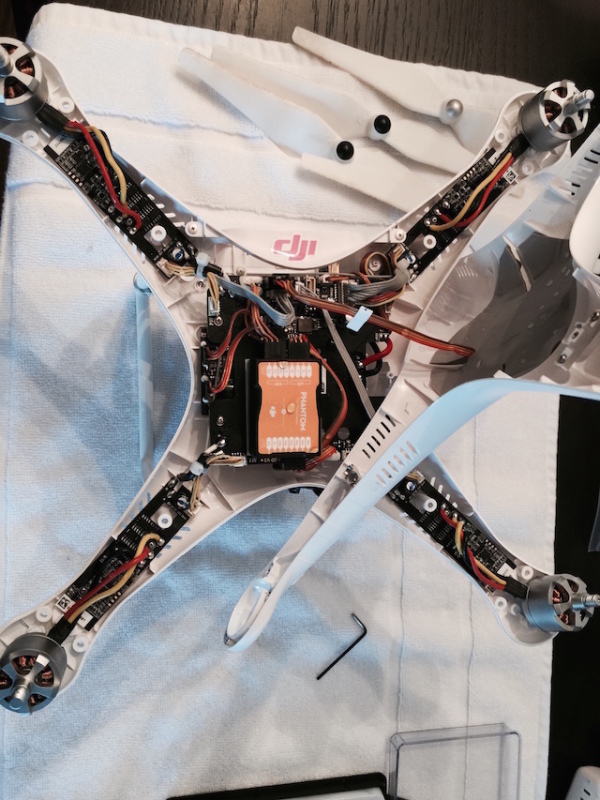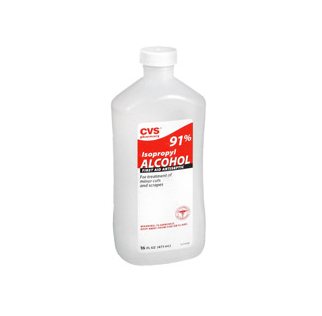How To: Revive Your Phantom/Drone
Just like our crew at Alliance, I’m sure many of you guys have purchased Phantoms/drones as a means of documenting your time on the water and “checking in” on your neighbors house while they’re out of town. Getting aerial stills/video footage is pretty rad and provides us with a fresh perspective of our sessions. Pretty crazy that you can purchase a device that’s capable of producing professional grade aerial shots for around 1k. On the downside, as several of you unfortunately know, drones and water don’t mix. I had a water landing a couple weeks back at OWC and completely revived my Phantom thanks to some advice from Collin Harrington and my local hobby shop (Colonial Photo & Hobby). Since I took pics along the way, I figured I’d share a bit about how to give yourself the best chance at saving yourself that 1k.
1) This goes without saying, but get it out of the water ASAP. A great solution for this is to attach some GetterBacks to your drone. These devices are small, weigh almost nothing, and automatically deploy a recovery float when they make contact with water. Good up to depths of 10o ft. Likely worth it for $13 on Amazon.
2) Remove the battery as soon as you recover it and open the housing of the drone with a precision screwdriver kit. Key here is just to get some air flowing through the interior of the drone to aid in the drying process. I also unplugged all wiring harnesses that I could access so they could dry out. TAKING PICTURES BEFORE YOU UNPLUG ANYTHING IS KEY!! Might look simple, but trust me, you’ll want them as a reference later. If it’s warm and sunny, put it outside to dry out with some natural sunlight and fresh air.
3) After letting things dry out a bit naturally, apply some isopropyl alcohol to the drone’s circuit boards to help pull out any remaining moisture. I did this with some Q-tips. Then put the drone back outside to continue drying or let a hairdryer/fan hit it with some cool air. I also used a can of compressed air to gently spray some air into the hard-to-reach areas.
4) Order a new battery. I’ve talked to several people who’ve done this and the submerged battery rarely works again. Mine actually worked but wouldn’t accept a charge.
5) Be Patient. You should wait at least 48 hours to try to turn it on again. I gave it closer to 72 hours to be on the safe side. Only other thing I had to do was rebind my Phantom with the controller. There are several videos on YouTube that describe how to do this. After that, cross your fingers and hope for the best. I even salvaged all my POV transmitters…I was pretty surprised by that. The Phantoms tend to be pretty resilient so if you follow these steps you should have a solid chance at recovery. Feel free to post any comments/questions and I’ll do my best to help! Below are a couple shots from my first flight back. Lastly, if you haven’t seen the recent Southpark drone episode, do yourself a favor and watch it (parental discretion advised).

























May 31, 2016
Thank you for taking some time to write this post. Gopro CEO, Nick Woodman, has confirmed recently that his company is committed to make a huge difference in the fast-growing drone market. Even more, Woodman talked about a spherical six-camera that can capture content for virtual reality applications. See more http://mydronelab.com/best-pick/quadcopter-for-go…